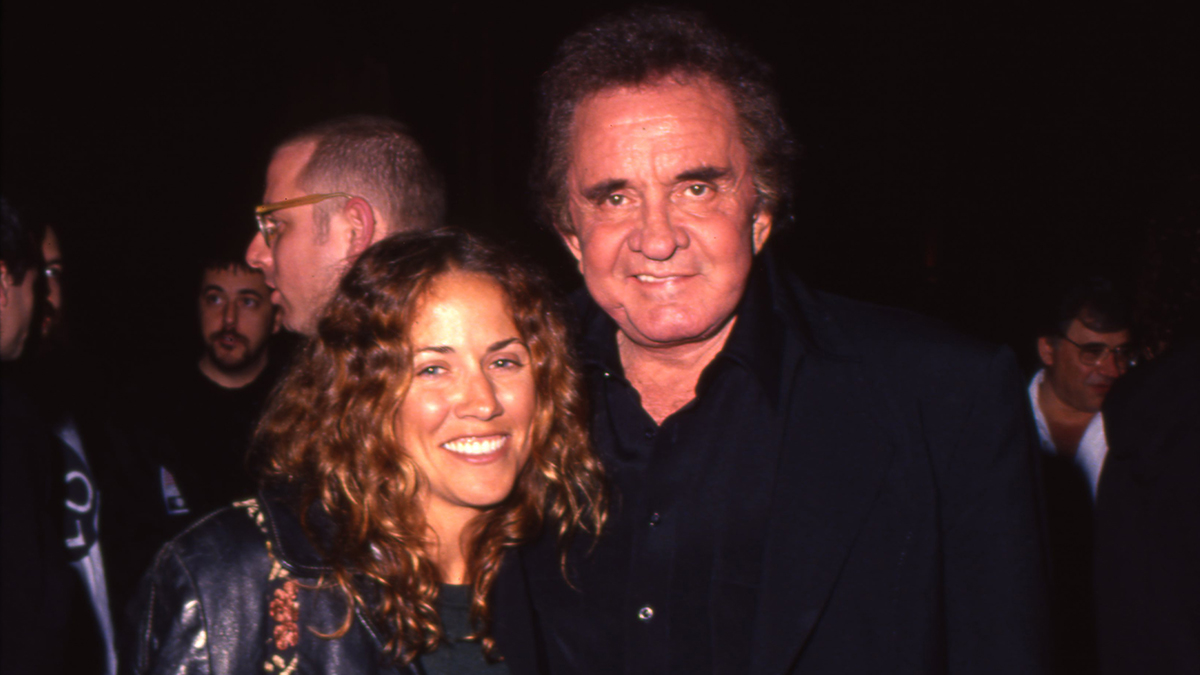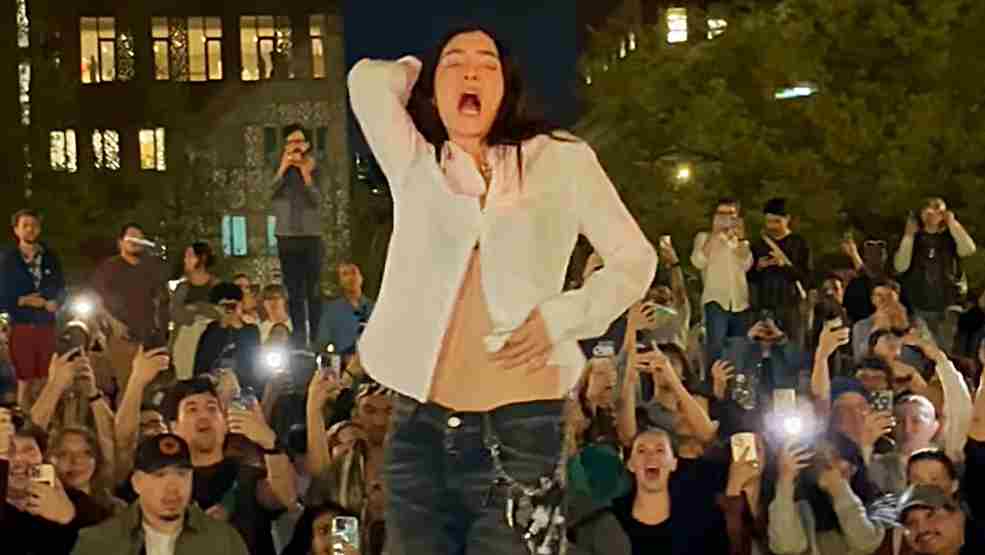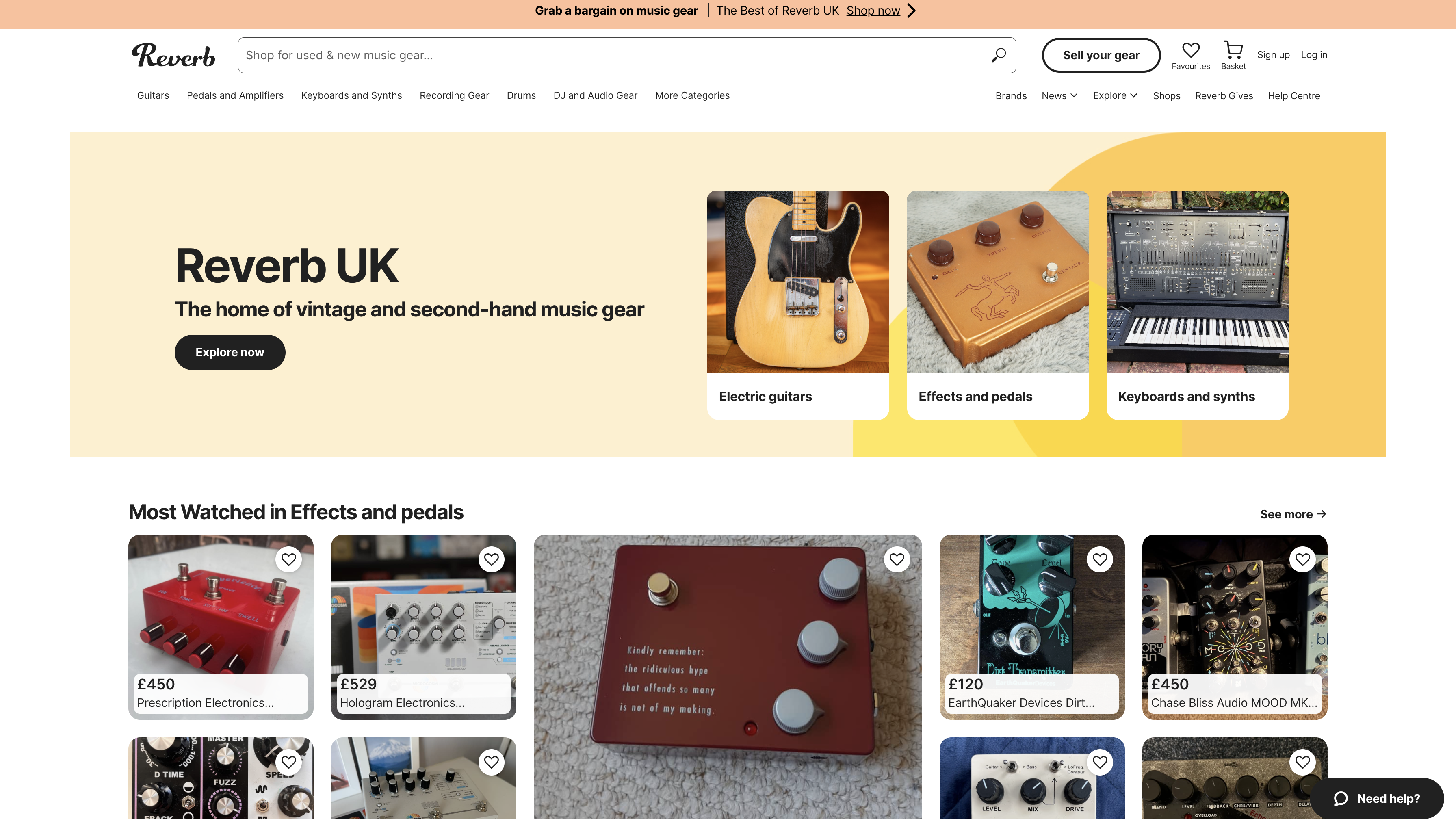“No album in history has experienced such a swift and dramatic reversal of fortune": The great Oasis Be Here Now debate
"Be Here Now was reframed first as a disappointment and then as a disaster” – but is it really that straightforward?
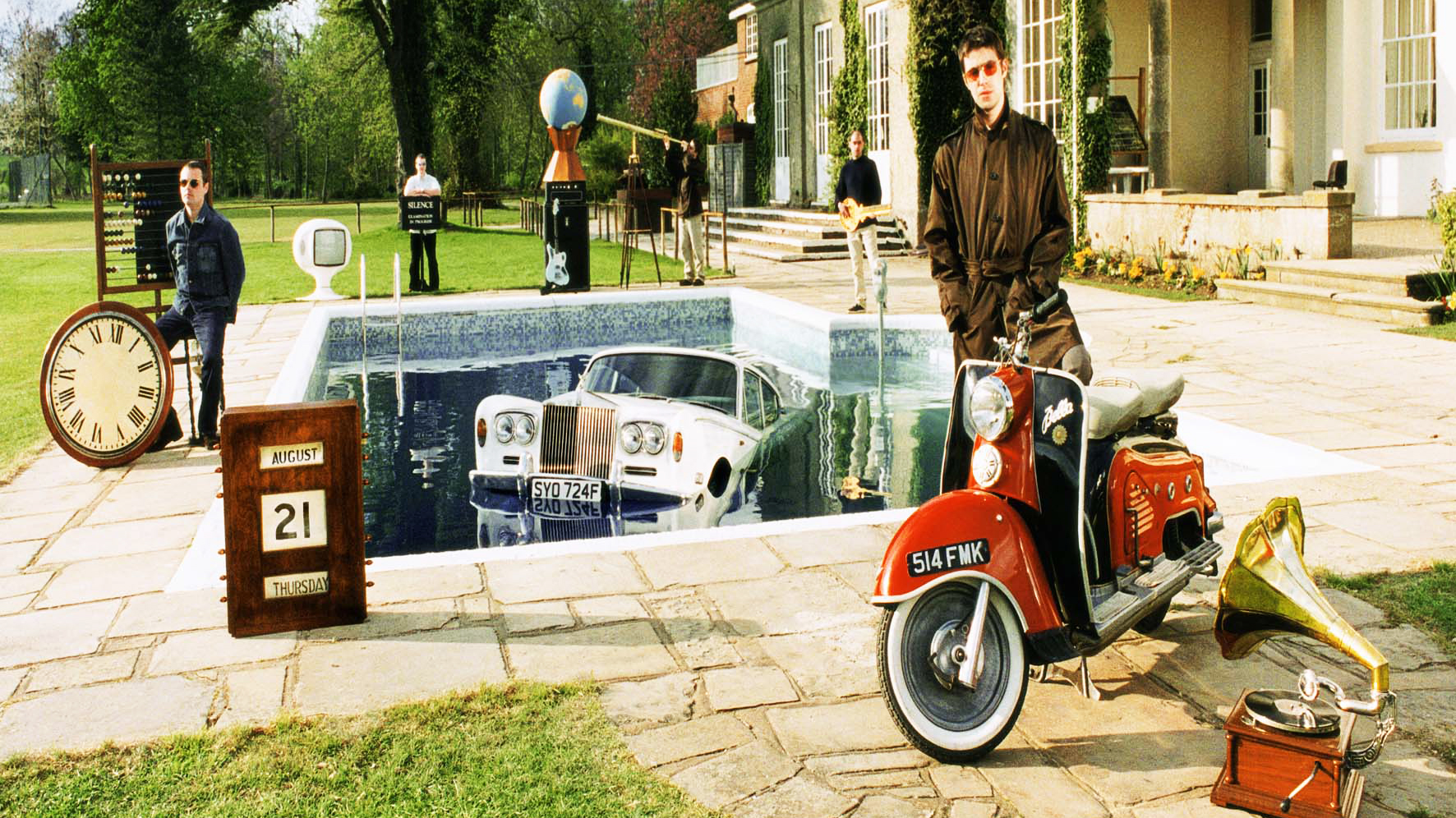
Very few albums from the last three decades have had such a gargantuan weight of expectation placed upon them as Be Here Now, the third album from Oasis and the follow-up to the band’s first two era-defining long-players, Definitely Maybe and What’s The Story Morning Glory?.
Be Here Now became Britain’s fastest-selling album of 1997. It would also become unique as an album that was critically lauded on release and then rapidly derided soon after. As Dorian Lynsky put it in a piece in The Guardian in October 2016, “No album in history has experienced such a swift and dramatic reversal of fortune. Be Here Now was reframed first as a disappointment and then as a disaster.”
Almost three decades on from its release, as Oasis’s hugely anticipated reunion gathers pace, the album continues to divide fans, critics and even the band themselves.
“At that time, we thought it was fucking great and I still think it’s great,” said Liam Gallagher in the 2003 documentary Live Forever: The Rise and Fall of Brit Pop. But for older brother Noel it remains a creative low point. “In the studio it was great, and on the day it came out it was great. It was only when I got on tour that I was thinking, ‘It doesn’t f****** stand up’.”
When Oasis began work on the album in 1996, they were at the peak of their powers, having played two concerts in August that year to 250,000 fans at Knebworth Park. Three months earlier, Noel Gallagher chose a working holiday on the Caribbean island of Mustique to start work on the album. In May, Noel, his partner Meg Matthews, Johnny Depp and Kate Moss, flew out to the island for a holiday at Mick Jagger’s residence.
Owen Morris, producer of the first two Oasis albums and Be Here Now, joined them. At Noel’s request, Morris brought over his Tascam eight-track and a drum machine. Morris had expected Noel to have come up with a couple of songs.
“But then, the first night, he reeled off fifteen songs on the acoustic,” said Morris in the September 1997 issue of Q magazine. “Then we piled through them in a week, midday to seven in this chalet by the airport – that’s where the plane on D’You Know What I Mean? comes from… It’s easy with Noel because you make decisions on the hoof – chop that, stick that in, bung it down. The Mustique tape’s amazing, really cool, although it sounds shit because of the drum box.”
Get the MusicRadar Newsletter
Want all the hottest music and gear news, reviews, deals, features and more, direct to your inbox? Sign up here.
They were incredible, they weren't usual Noel demos
Bonehead
Bonehead also praised the demos. “They were incredible, they weren't usual Noel demos,” he recalled in a 2016 interview with the Shropshire Star. “Normally he'd send them with one or two acoustic guitars and a vocal and it was great. But he came back from Mustique and there were keyboards, bass, harmonies – they were fully fledged songs. It was really f****** exciting.”
The next step was to get into the studio. Sessions began at EMI Abbey Road Studios on 7 October 1996 and were almost immediately hampered by intense tabloid attention.“The paparazzi were breaking into the studio, looking for drugs, looking for a story,” recalled Bonehead. “I was staying in an apartment with Owen... but we had to put a disguise on before going to the shops in the morning… Poor old Liam would open his bedroom curtains and 40 f***ing cameras would be snapping away. I think he dealt with it admirably. I think he still does."
One person who was key to the recordings was Nick Brine, the engineer on Be Here Now and (What’s The Story) Morning Glory?. “The atmosphere started off great,” Brine told David Huggins on the Oasis Recording Information website. “It always was amongst the band and crew during these sessions at Abbey Road.”
But tabloid attention forced them to move. On 11 November, they relocated to the rural Ridge Farm Studio in Surrey. The sessions had a renewed energy but were reportedly compromised by heavy cocaine use. Tabloid journalists still lurked although the remote setting did provide some levity.
“If we were ever anywhere that was remotely spooky, we'd tell Liam that the house was haunted, and particularly his bedroom,” Noel told journalist Keith Cameron in the 2016 posted interview below. “And we convinced him his bedroom was haunted. So when he'd get up in the morning and go to his breakfast, someone would go in and turn all the pictures back to front or move a lamp that was beside his bed across the other side of the room. And he'd arrive pale. ‘Have you been in my f****** room… because the f****** lamp's now in the toilet…’. Yeah, that was amusing. That was worth it.”
Supernatural shenanigans aside, the initial aim of the album was to pursue a stripped-back approach, but this was soon shelved for a much bigger sound. “It wasn’t like we decided one day that we should ditch the stripped-back approach and create that wall of sound,” recalled Nick Brine. “The songs just kind of grew and grew and we were experimenting with lots of amps and pedals and seeing how far we could push the layers.”
All the songs are really long, and all the lyrics are shit and for every millisecond Liam is not saying a word, there’s a f****** guitar riff in there
Noel Gallagher
In some instances Noel overdubbed ten identical guitar parts to create sonic breadth. D’you Know What I Mean reportedly has thirty guitar parts on it. All of which could have worked but for the recreational excesses.
“It’s the sound of a bunch of guys, on coke, in the studio, not giving a f***,” said Noel in the Live Forever: The Rise and Fall of Britpop documentary. “There’s no bass to it at all… And all the songs are really long, and all the lyrics are shit and for every millisecond Liam is not saying a word, there’s a f****** guitar riff in there, in a Wayne’s World stylee, you know?
Some of the most spontaneous, creative decisions were made on the Mustique demos. “We were down on the beach, and there was this toy plastic piano that belonged to one of Jagger's kids,” Noel told Q magazine in September, 1997. “The opening [to the album's title track] is played on that, slowed down. I was pressing that one key for about two hours. Anyway, I nicked it. Me being from Burnage, I can't help it. Mick can have it back if he wants.”
I like it because it's the first blues song I've done, and Liam does the best singing I've ever heard from him
The holiday also yielded the opening for Fade In-Out. “The first part of the song is from the Mustique demo, with Johnny Depp playing slide guitar.” Noel told Q magazine. “I like it because it's the first blues song I've done, and Liam does the best singing I've ever heard from him. I pushed him to the limit on that.”
Noel was sometimes absent from the studio when Liam laid down his vocals. “It was getting to that point where no one was allowed to be in the studio while Liam was singing,” Noel told journalist Keith Cameron. It was a strategy that worked. Liam delivered some outstanding vocal performances on Be Here Now, particularly on the track Stand By Me, the second big single.
The song has real resonance for Nick Brine. “I just loved it from the moment I first heard it,” he recalled in a 2021 interview posted below with Oasis historian James Hargreaves. “It’s one of my favourite tracks of theirs I think… For me, one of the best vocals that Liam's done, really.”

Another Liam high point is the song Don’t Go Away. “It's a very sad song about not wanting to lose someone you're close to,” Noel told Q magazine. “The middle eight, I made up on the spot in the studio… It's a song about how you feel after a row. It's quite bleak. I did all the string arrangements and I tried to keep them as simple as possible.”
I do remember him being quite emotional after it
In his interview with Nick Brine, Hargreaves cites reports that Liam was close to tears when he recorded his vocal and that he was thinking about his mother when he sang it. “I do remember him being quite emotional after it,” said Brine. “I mean, he's put absolutely everything into that.”
I think it's a great record
Be Here Now engineer Nick Brine
The sessions lasted from October 1996 to April 1997 and a further three London studios were used for recording and mixing: AIR Studios, where the 36-piece orchestra was recorded, Orinoco and Master Rock.
Nick Brine has only positive feelings about the album. “I love the record. I think it's a great record… I had great times with Liam and all the people that he would bring back… obviously, for Noel and Owen, [it was] a lot more stressful, a lot more kind of work involved.”
There was experimentation across the album. D’You Know What I Mean? contains a slowed-down loop from NWA’s Straight Outta Compton and Magic Pie features a mellotron and psychedelic harmonies. The morse code featured in the mix of D’You Know What I Mean is reportedly inspired by Strawberry Fields Forever.
As always, Beatles influences loom large but it’s the garage rock influences of albums such as The Stooges’ Raw Power that yield an equally powerful influence here, with their top-end, high-frequency tones.

Really, we shouldn't have mixed it
Noel Gallagher
The main criticisms of Be Here Now are that it’s over-produced, over-arranged and the songs are too long. Most of the criticism centres on the mixing. “All the things you shouldn't do when you're mixing a record, we were doing it ten-fold,” Noel told Keith Cameron. The songwriter made the decision to mix the album at Air Studios with Owen Morris.
“It was excruciatingly loud in the studio. There were two tape machines, one of which was not working at any given time. We were both f****** high as kites… Really, we shouldn't have mixed it. It should be for someone else who had a fresh perspective on it.”
Be Here Now was released on 21 August 1997. The songs that were singled out for most praise were My Big Mouth, I Hope, I Think, I Know, Don't Go Away and Stand By Me. In many ways, it could never have lived up to the colossal expectation although, for a while at least, the fervour convinced everyone that it could.
Dele Fadele of Vox was one of many journalists who lauded the album, noting that it was "a veritable rock'n'roll monsoon of an album”. Q magazine, meanwhile, observed that it was “cocaine set to music”.
Twenty years later, when the remaster was released, critics were far more blunt. “What sounded like a dog’s dinner in 1997 sounds no better on this 2016 remaster, which remains one of the most agonising listening experiences in pop music.” noted Laura Snapes in Pitchfork.
None of which would have been any great surprise to Noel Gallagher, Back in 2016, his viewpoint on the album still hadn’t shifted.
“People are prepared to have stand-up rows with me in the street: "I f****** love that album!",” he told the NME in 2016. “And I'm like, ‘Mate, look, I wrote the f****** thing. I know how much effort I put into it. It wasn't that much’."

Neil Crossley is a freelance writer and editor whose work has appeared in publications such as The Guardian, The Times, The Independent and the FT. Neil is also a singer-songwriter, fronts the band Furlined and was a member of International Blue, a ‘pop croon collaboration’ produced by Tony Visconti.
"I’ll let y’all know how rehab is. I hear it’s super fun": Drunk on stage - our pick of music’s most legendary under-the-influence performances
“Chris, that’s not how it goes”: Chris Martin does his best Bruno Mars impression as Rosé joins Coldplay on stage to perform APT in South Korea






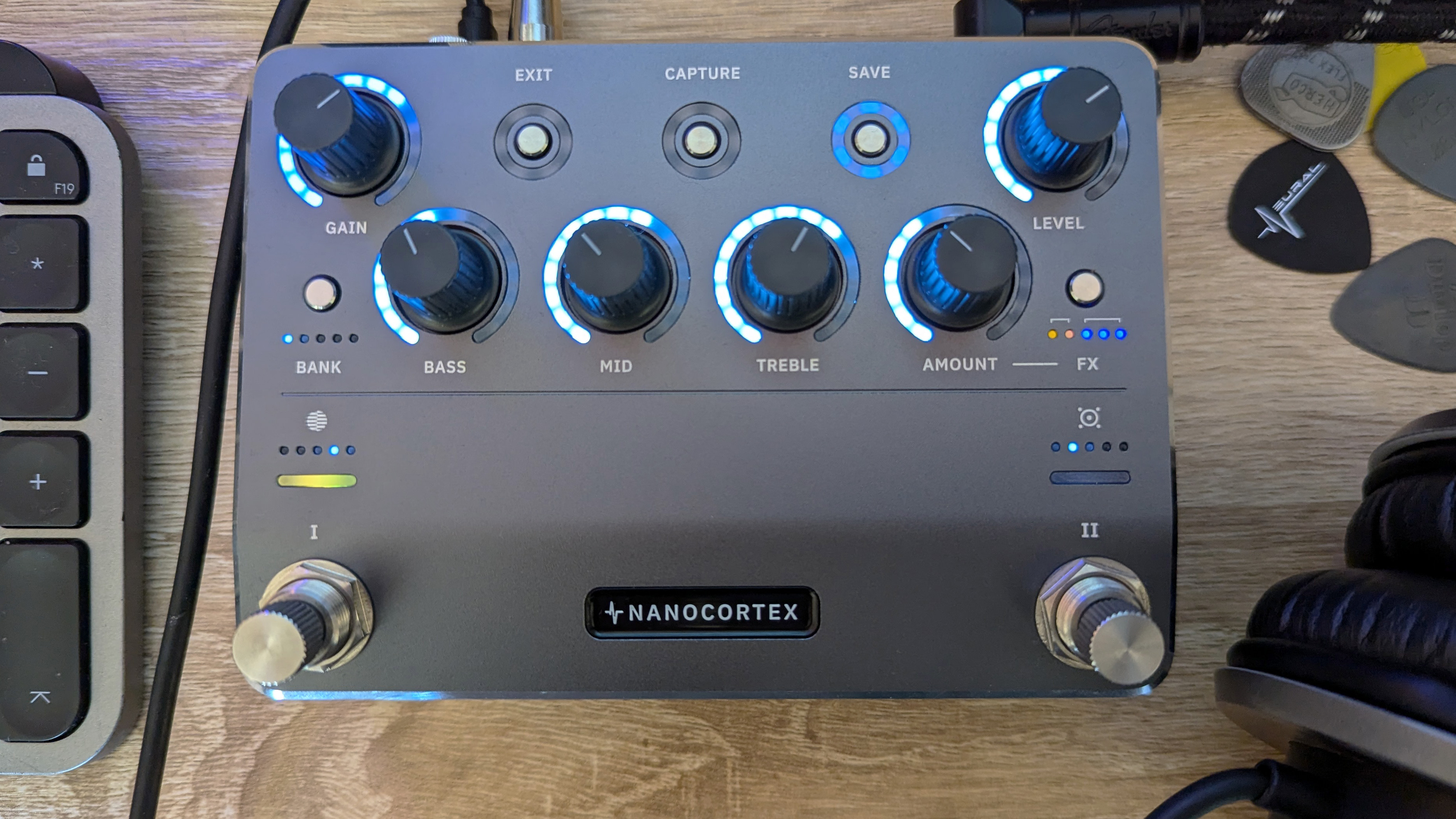
![Gretsch Limited Edition Paisley Penguin [left] and Honey Dipper Resonator: the Penguin dresses the famous singlecut in gold sparkle with a Paisley Pattern graphic, while the 99 per cent aluminium Honey Dipper makes a welcome return to the lineup.](https://cdn.mos.cms.futurecdn.net/BgZycMYFMAgTErT4DdsgbG.jpg)



